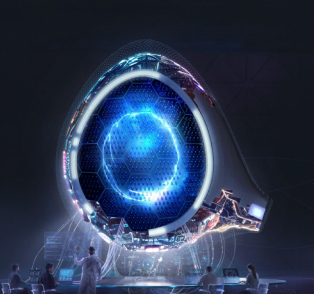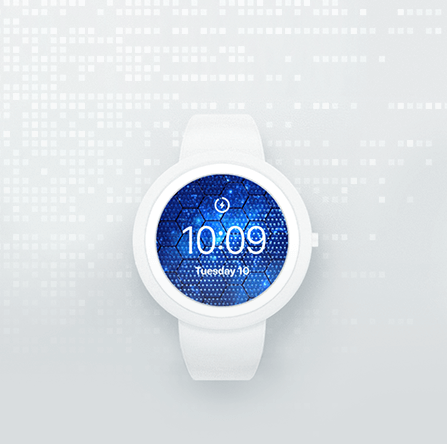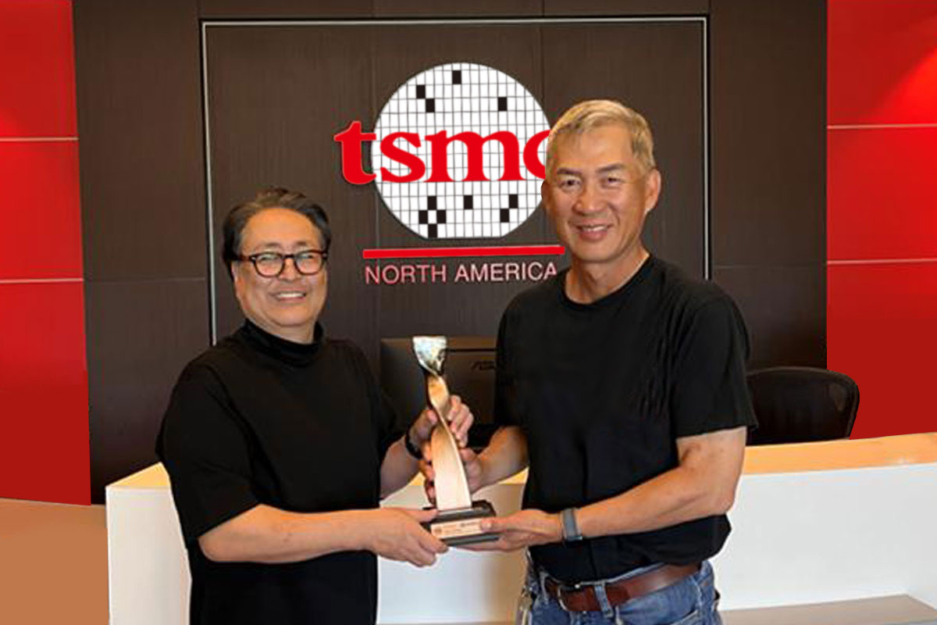apollo2 for Dummies
apollo2 for Dummies
Blog Article

The mission was colloquially known as Apollo 1; the crew even had company approval for the mission patch paying homage on the flight’s foremost position amongst manned missions.
An EOR would launch the immediate-landing spacecraft in two scaled-down sections which might Mix in Earth orbit. A LOR mission would require just one rocket launching two spacecraft: a mom ship, plus a scaled-down, two-man landing module which would rendezvous again with the key spacecraft in lunar orbit. The lander can be discarded and also the mom ship would return property.[38]
It seems for being a straightforward case of the computer attempting to do way too a lot of things at once, but as Aldrin will later on indicate, “unfortunately it came up once we didn't wish to be trying to remedy these individual issues.”
Apollo4 01 The Apollo4 SoC household would be the 4th era procedure processor Option designed on the Ambiq® proprietary Subthreshold Electrical power-Optimized Technologies (SPOT®) System. Apollo4's full hardware and software package Option allows the battery-driven endpoint devices of tomorrow to accomplish a higher level of intelligence without the need of sacrificing battery lifetime.
Since the business leader in making trustworthy and ultra-low-electrical power semiconductors for smart IoT, Ambiq's Apollo SoC relatives can permit wearables and endpoint devices to last for months or months on a single cost. In 2019, Ambiq collaborated Using the Singapore govt, Excelpoint, and iWOW to construct on this engineering to help the TraceTogether devices that facilitated Speak to tracing and fight Local community spread over the COVID-19 pandemic.
An early and critical decision was picking lunar orbit rendezvous around the two immediate ascent and Earth orbit rendezvous. A space rendezvous is undoubtedly an orbital maneuver in which two spacecraft navigate by Place and meet up. In July 1962 NASA head James Webb announced that lunar orbit rendezvous can be used[35][36] and the Apollo spacecraft would've three main sections: a command module (CM) with a cabin to the 3 astronauts, and the only real component that returned to Earth; a company module (SM), which supported the command module with propulsion, electrical power, oxygen, and water; as well as a lunar module (LM) that experienced two levels—a descent stage for landing within the Moon, and an ascent stage to put the astronauts again into lunar orbit.
The computer software's motion, In such a case, was to do away with decrease priority tasks and re-set up the more vital types. The computer, instead of almost forcing an abort, prevented an abort. If the computer hadn't regarded this issue and taken Restoration motion, I question if Apollo eleven would have been the effective Moon landing it absolutely was.[one hundred twenty]
Issues had been searching good for NASA at the beginning of 1966. The copyright application was midway accomplished and properly on the right track to accomplish all the major software ambitions by the end of the calendar year, and Apollo was from the pipeline on the right track to begin manned missions early in 1967. And flights in assistance of Apollo’s lunar objective were being very well underway by this position.
Right after many months of built-in exams for the pad, Apollo 4 flew its profitable 9-hour examination flight on Nov.
Accomplish multi-channel processing and high-fidelity electronic audio with enhanced electronic filtering and lower energy audio interfaces.
Engineers concluded a series of integrated exams to prepare the vehicle for its rollout into the start pad. In the meantime, within the VAB’s High Bay three, on March 29, employees stacked the S-IC very first stage with the SA-502 motor vehicle on ML-2 for the Apollo six mission, Yet another uncrewed test of your Saturn V rocket and Apollo spacecraft prepared for early 1968. After a stack-destack-restack spherical initially using the S-II spacer due to the late arrival of this S-II phase, employees finished assembling the a few-stage rocket for Apollo six on July 14, marking the first time that two Saturn V rockets stood aspect by side during the VAB.
“Being an early investor and close collaborator, EDBI is immensely privileged to have the ability to contribute for the increase of Ambiq’s APAC base in Singapore although witnessing the corporate’s regional growth.
Ambiq is devoted to further more Enhance the Standard Iot solutions of living by enabling the intelligence of endpoints although further minimizing carbon footprints. Ambiq – your partner in endpoint intelligence.
Make sure you don't leave any non-public details right here. If you have privateness or some other considerations about the information on this web site, you should use this website link to the Call kind. Name
Get Smart. Use Less Energy.
Ultra-low power SoCs for IoT endpoint devices
that demand complex operations
and longer battery life.
✍ Ambiq® is committed to further improve the quality of life by enabling the intelligence of endpoints while further reducing carbon footprints. Ambiq – your partner in endpoint intelligence.
✯✯✯Based in Austin, San Jose, Hsinchu, Shenzhen, and Shanghai, our leadership and management teams consist of advocates, builders, enthusiasts, entrepreneurs, explorers, incubators, inventors, pioneers, protectors, thinkers, and visionaries. With a diverse spectrum of experiences and skillset, we came together and united with one goal to enable the true Internet of Things where the battery-powered endpoint devices can truly be connected intuitively and intelligently 24/7.
Ambiq Wins the Demo of the Year Award at 2023 TSMC Technology Symposium
September 7, 2023, Austin, TX – Ambiq®, a leading developer of ultra-low-power semiconductor solutions that deliver a multifold increase in energy efficiency, was awarded the Demo of the Year Award by TSMC as a participant of the Innovation Zone at the 2023 TSMC North America Technology Symposium.
Ambiq Wins the Demo of the Year Award at 2023 TSMC Technology Symposium
During the April event, Ambiq showcased various product design wins using TSMC’s 22nm technology in wearables, digital health, smart home, Industrial IoT, pet trackers, and retail segments, with industry-leading energy efficiency. Ambiq also featured two live demos emphasizing its leadership in enabling endpoint AI with its HeartKit™ for remote patient monitoring and its graphics display capabilities for a vivid user interface. 
TSMC pioneered the pure-play semiconductor foundry business model when it was founded in 1987, helping startup companies accelerate their innovations by providing access to the industry’s leading process technologies and manufacturing capacity. Since 2021, TSMC has expanded that mission with an Innovation Zone at its worldwide Technology Symposiums, highlighting how TSMC partners with startup companies to enable cutting-edge products from various applications, including high-performance computing, communication, automotive, IoT, and consumer segments.
“We’re grateful to TSMC and our booth visitors for allowing us to share our energy-efficient technology and processor solutions with them,” said Ambiq’s CEO, Fumihide Esaka. “We’re moving towards an exciting frontier of AI becoming more engrained with our daily lives. With that vision on the horizon, we will continue to develop innovative and first-of-its-kind ultra-low-powered solutions that keep innovation and sustainability in mind. 
Ambiq’s mission is to develop the lowest-power semiconductor solutions to enable intelligent devices everywhere by developing the lowest-power semiconductor solutions to drive a more energy-efficient, sustainable, and data-driven world. Ambiq has helped leading manufacturers worldwide develop products that last weeks on a single charge (rather than days), while delivering a maximum feature set in compact industrial designs. Ambiq’s goal is to take Artificial Intelligence (AI) where it has never gone before in mobile and portable devices, using Ambiq’s advanced ultra-low power system on chip (SoC) solutions. Ambiq has shipped more than 200 million units as of March 2023.
Ambiq Designs Low-Power for Next Gen Endpoint Devices
Ambiq’s VP of Architecture and Product Planning, Dan Cermak, joins the ipXchange team at CES to discuss how manufacturers can improve their products with ultra-low power. As technology becomes more sophisticated, energy consumption continues to grow. Here Dan outlines how Ambiq stays ahead of the curve by planning for energy requirements 5 years in advance.
Ambiq Highlights From Embedded World 2024
Facebook | Linkedin | Twitter | YouTube